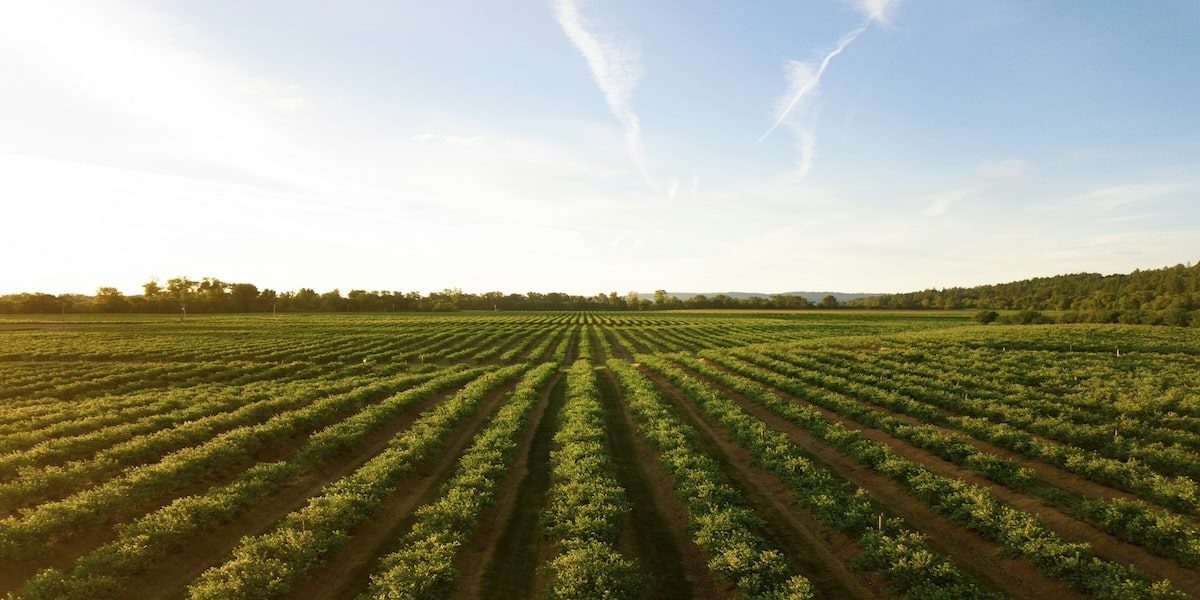Image commercially licensed from Unsplash
Agriculture, often referred to as the backbone of civilization, has undergone remarkable transformations from generation to generation. From traditional farming methods to modern technological interventions, the field of agriculture has continuously evolved, offering a diverse range of opportunities and challenges. While classroom education forms the foundation, it’s the practical lessons learned in the field that truly cultivate skilled and knowledgeable agriculturists. Agriculture expert Meg Miller has spent years bridging the gap between theoretical learning and hands-on experience. She lends her expertise to exploring the journey from the classroom to the field to discover the practical wisdom that propels aspiring agriculturists toward success.
The Classroom: Seeds of Knowledge Begin to Sprout
The classroom serves as the nucleus of agricultural education, offering students a comprehensive understanding of the theoretical aspects of farming, animal husbandry, and agribusiness management. Concepts such as soil composition, plant biology, animal nutrition, and supply chain dynamics are imparted through textbooks, lectures, and interactive discussions.
“Classroom learning provides a solid base for understanding the principles that govern agriculture,” says Miller. “It’s where you grasp the ‘why’ behind various practices and processes. But remember, this knowledge is like planting seeds. True growth happens when you take these concepts to the field.”
Transitioning to the Field: Where Theory Meets Reality
While classroom learning lays the groundwork, it’s the transition to the field that bridges the gap between theory and practice. Practical experiences provide invaluable insights that textbooks can’t replicate. Whether it’s tilling the soil, tending to livestock, or managing crop cycles, the field is where budding agriculturists truly hone their skills.
“Embrace the field as your greatest teacher,” advises Miller. “In a controlled classroom setting, everything seems straightforward, but the field introduces you to the unpredictability of nature and the nuances of real-world challenges. The mistakes you make here become the steppingstones to expertise.”
Learning from Mistakes: Nature’s Feedback Loop
The field isn’t just about success stories; it’s also where failures occur. However, these failures are not setbacks but rather opportunities for growth. Learning from mistakes is a pivotal part of becoming a skilled agriculturist.
Notes Miller, “Failure is a part of agriculture as much as success. In fact, it’s through failures that we often make our most significant breakthroughs. Each setback is a chance to understand your land, your animals, and your crops better. This process of trial-and-error molds you into a well-rounded expert.”
Holistic Learning: Integrating Lessons from Classroom and Field
The most successful agriculturists are those who seamlessly integrate classroom learning with field experiences. This holistic approach not only strengthens technical skills but also nurtures critical thinking and problem-solving abilities. The ability to connect theoretical knowledge to practical scenarios is what sets experts apart.
“Think of classroom and field learning as two halves of a whole,” suggests Miller. “What you learn in one realm enriches the other. When you encounter a challenge in the field, your classroom knowledge guides your decision-making. Likewise, field experiences can spark curiosity that drives deeper classroom engagement.”
Fostering Innovation: Applying Knowledge in New Ways
Agriculture is no longer confined to age-old practices. Today, innovation drives the industry forward. Agriculturists are increasingly adopting technology, sustainable practices, and creative solutions to address contemporary challenges. A forward-thinking approach is essential. Embrace innovation. Agriculture today demands an amalgamation of tradition and modernity. Blend your classroom education with new ideas. Experiment with technology, explore eco-friendly techniques, and be open to unconventional approaches. This synergy is where groundbreaking advancements arise.
The Ongoing Journey
Transitioning from the classroom to the field, the expedition toward mastery in agriculture unfolds as a vibrant and demanding odyssey, necessitating unwavering commitment, resilience, and an insatiable thirst for wisdom. As classroom teachings forge the bedrock, the crucible of real-world engagement forges these teachings into palpable proficiencies. Meg Miller’s insights illuminate the intricate interplay between these two domains and encourage embracing setbacks as stepping stones, fearlessly pioneering innovation, and allowing the field’s sagacity to harmonize with scholarly erudition. In the ever-evolving expanse of agriculture, it is pivotal to internalize that expertise burgeons through the alchemy of scholastic learning and hands-on involvement. This synergy endows practitioners with an enriched perspective, fusing theory and application, and culminating in a profound mastery of the agricultural realm.
Meg Miller: Bridging Education and Real-World Agriculture
With over four years of extensive experience in agriculture and animal management, Meg Miller boasts a comprehensive understanding of farm and homestead operations, alongside adept classroom management skills for educating enthusiastic students about agriculture and animal care. Currently pursuing a Science degree in General Agriculture, Meg’s academic focus spans Animal Science and Agribusiness Management, underscoring her commitment to these fields. In addition to her primary studies, she is dedicated to minors in Innovation Management and Entrepreneurship, showcasing her holistic approach to shaping the future of agriculture. Meg’s journey blends hands-on expertise with a passion for education and innovation, positioning her as a dynamic professional poised to make meaningful contributions to the agricultural landscape.

















